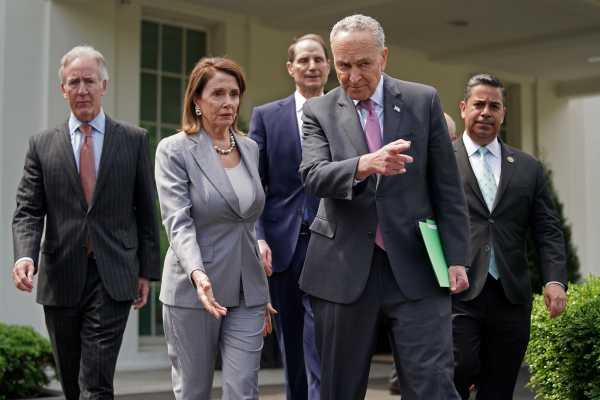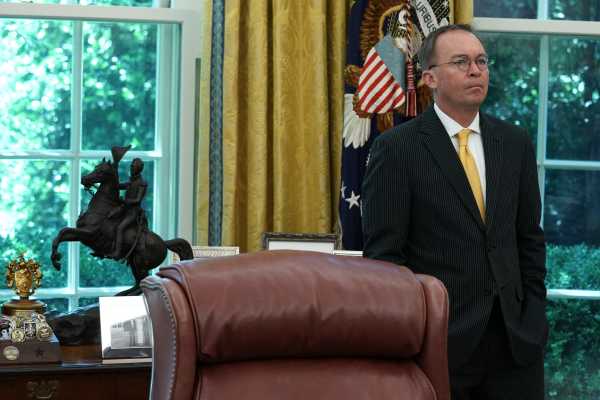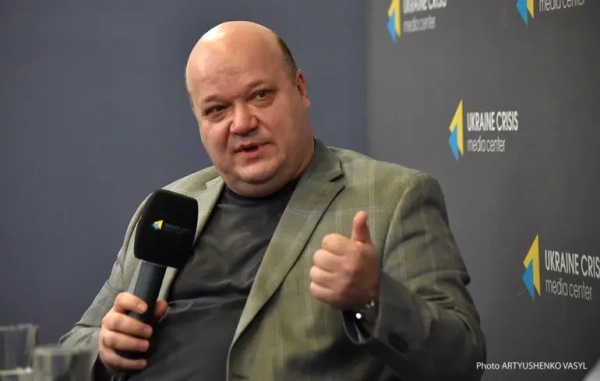
Congress just got one step closer toward staving off a fiscal crisis, as the House passed a budget deal that would increase government spending by $320 billion for the next two years and allow the government to continue borrowing.
The House passed the deal with support from mostly Democrats on Thursday just before representatives left town for summer recess. Despite Trump’s support for the bill, 123 Republicans voted against it for a final count of 284-189.
The deal between congressional Democrats and the White House would raise budget caps by about $50 billion this year and another $54 billion the following year. It would also lift the nation’s debt limit for two years, setting up the next deadline in 2021.
That’s a good deal for Democrats and a big retreat from the Trump administration, which called for $150 billion in spending cuts to domestic programs as a condition for raising the debt ceiling. This bill includes half of that — $77.4 billion in spending cuts, most of which wouldn’t be enacted for nine years, by which point Congress is likely to overturn them. Overall, it gives a little to everyone: Democrats get more money for domestic programs, Republicans get more funding for the military and the United States would avert defaulting on its loans. The biggest loser: People concerned with the national debt — which included many Republicans.
The ultra-conservative lawmakers in the House Freedom Caucus rejected the budget deal, but they didn’t have enough leverage to tank the bill altogether. The Senate is expected to take up the proposal next week. Trump is expected to sign it.
By striking such a deal, congressional leaders and the Trump administration are averting a disaster scenario. The two groups were staring down a final deadline of October 1, by which time the government would have run out of funding and shut down, and the current government budget caps would also expire, automatically triggering roughly $120 billion in across-the-board cuts to domestic and military programs.
“Importantly, Democrats have achieved an agreement that permanently ends the threat of the sequester,” House Speaker Nancy Pelosi and Senate Minority Leader Chuck Schumer said in a joint statement. “With this agreement, we strive to avoid another government shutdown, which is so harmful to meeting the needs of the American people and honoring the work of our public employees.”
Trump didn’t listen to the hardliners this time

This deal wasn’t always certain. At first, it seemed like Trump was heeding to the hardliners in his administration. In April, the president tweeted that a bipartisan budget deal was “not happening!” Pelosi said Trump and fiscal hawks in his administration — like White House acting chief of staff and Office of Management and Budget Director Mick Mulvaney who has advocated for draconian budget cuts in the past — had walked away from early talks in May.
During negotiations, there were several sticking points, specifically around funding for President Trump’s immigration agenda. Democrats wanted to restrict Trump’s ability to transfer money toward his border wall project. But the final deal included no controversial “poison pills” — or partisan policy provisions. Instead, Democrats were able to avoid the Trump administration’s proposed spending cuts to domestic programs, in exchange boosting military funding. Trump focused on the latter.
“This was a real compromise in order to give another big victory to our Great Military and Vets!” Trump tweeted.
But deficit hawks and Trump’s conservative allies aren’t happy with the resolution.
“All sides should go back to the drawing board and work around the clock, canceling recess if necessary, on a responsible budget agreement that serves American taxpayers better—not a $323 billion spending frenzy with no serious offsets,” the Freedom Caucus, who are usually Trump’s unwavering allies in the House, said in a statement.
That dissenting faction of the Republican Party was in full force during the House vote; the Freedom Caucus voted against the budget deal en masse. But this time, they didn’t have Trump’s ear. The president sided with those in his administration calling for a status quo. Pelosi and Treasury Secretary Steve Mnuchin negotiated the deal. Senate Majority Leader Mitch McConnell reportedly also advocated for a middle-ground deal on budget caps and the debt ceiling.
So Congress is gearing up to actually fund the government, although Trump has been known to wage last-minute fights over government spending on controversial policies (usually around his immigration agenda).
We are here because of an Obama-era deal with Republicans
The need for budget caps goes back to 2011, when an Obama-era impasse over the debt ceiling brought the American economy to near calamity. Republicans in the House, led by then-Speaker John Boehner, refused to increase the debt limit without Congress addressing the national debt. It’s something Mulvaney played a role in back when he was one of the House’s archconservatives.
The face-off, which put the United States at risk of defaulting on its debt, pushed President Obama to sign the Budget Control Act. The law instructed Congress to find more than $1 trillion in government spending cuts by the end of the year or risk a sequester, which cuts all discretionary programs — defense and non-defense — across the board (except for entitlement programs like Medicaid and Social Security). Mulvaney was one of the Tea Party agitators who worked to block any increase to the debt limit, eventually forcing Obama’s hand to sign the BCA.
Congress failed to thoughtfully cut spending, which triggered automatic budget cuts in 2013 and imposed annual, more restrictive budget caps until 2021 — the sequester. The across-the-board budget cuts and established caps would amount to $1.2 trillion in cuts over the next 10 years. According to a 2015 report from the Center on Budget and Policy Priorities, funding for domestic programs was essentially flat between 2012 and 2015, meaning there were substantial cuts when adjusted for inflation.
Democrats and Republicans have repeatedly voted to raise the budget caps and give sequester relief, to avoid roughly $71 billion in budget cuts to defense spending and $55 billion in cuts to domestic programs. They are on track to do the same now.
Sourse: vox.com






